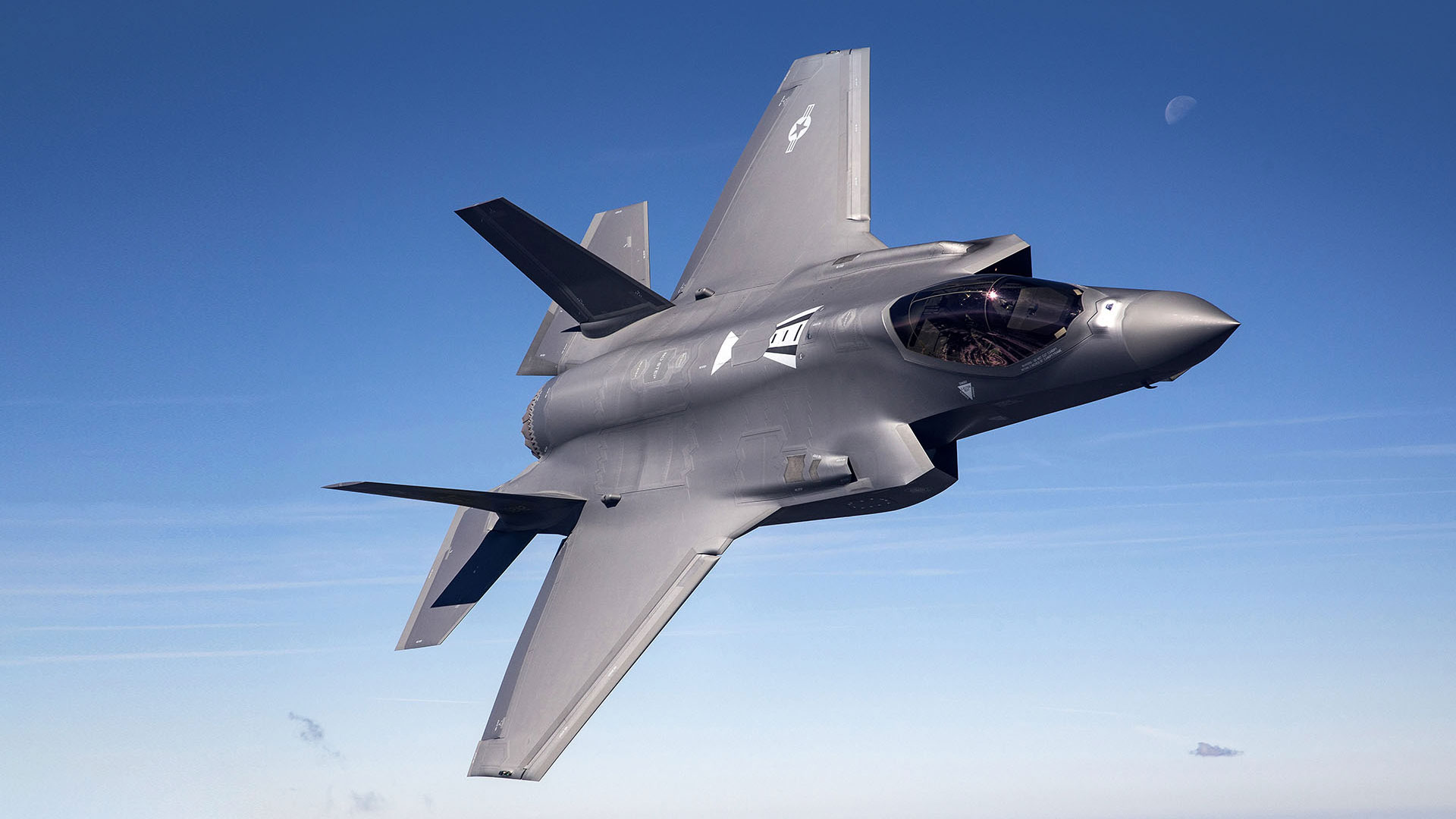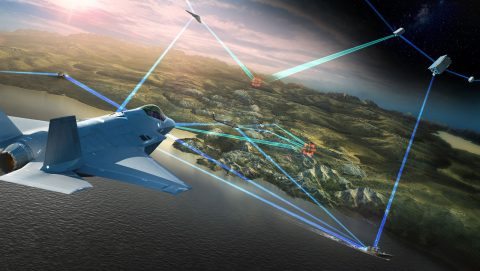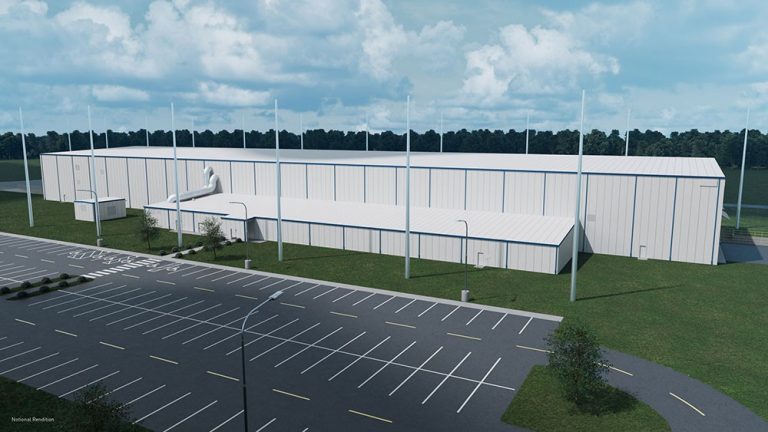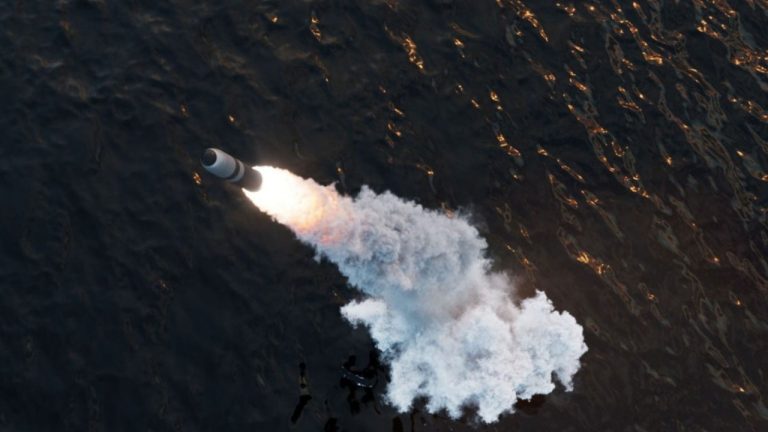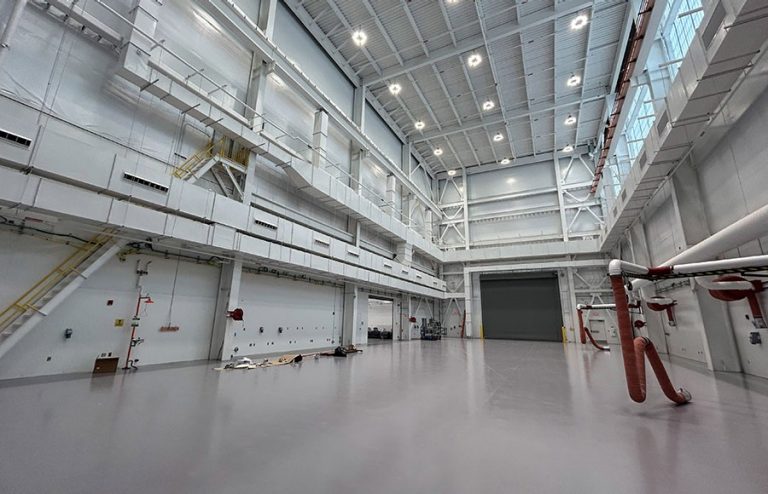For more than a half-century, Lockheed Martin has led at the forefront of the space industry. Today, the Space business area’s mission is to advance 21st Century Security®, innovate with urgency and help our customers stay ahead of ready.
Lockheed Martin Space drives innovation with legacy mission knowledge and scale, while providing end-to-end solutions.
The Space business area serves as a mission integrator, and is responsible for the research and design, development, engineering and production of:
- precise navigation, secure communications, and early missile warning systems
- mission command and control software systems
- space technologies and transportation systems
- strategic, advanced strike and defensive systems
- classified products and services in support of vital national security systems and international missions
Explore Our Space Capabilities and Enabling Technologies
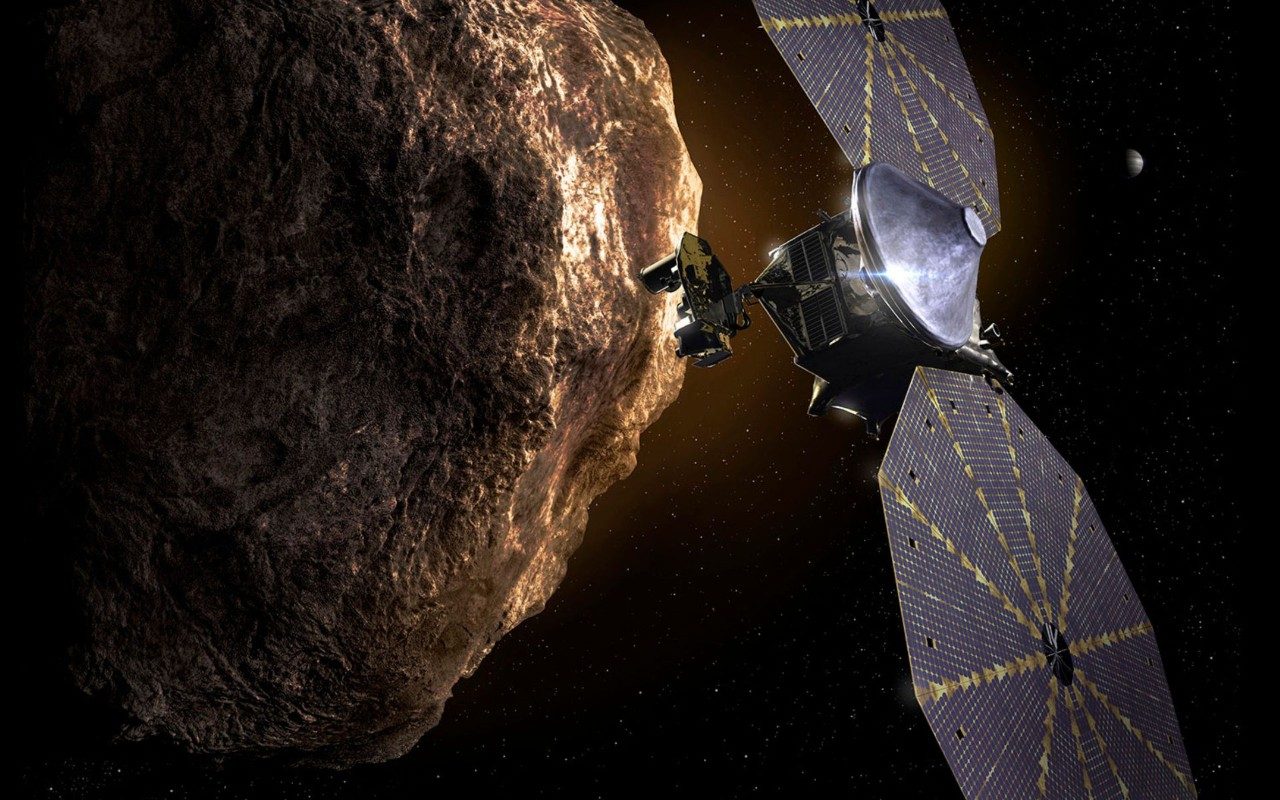
Deep Space Exploration
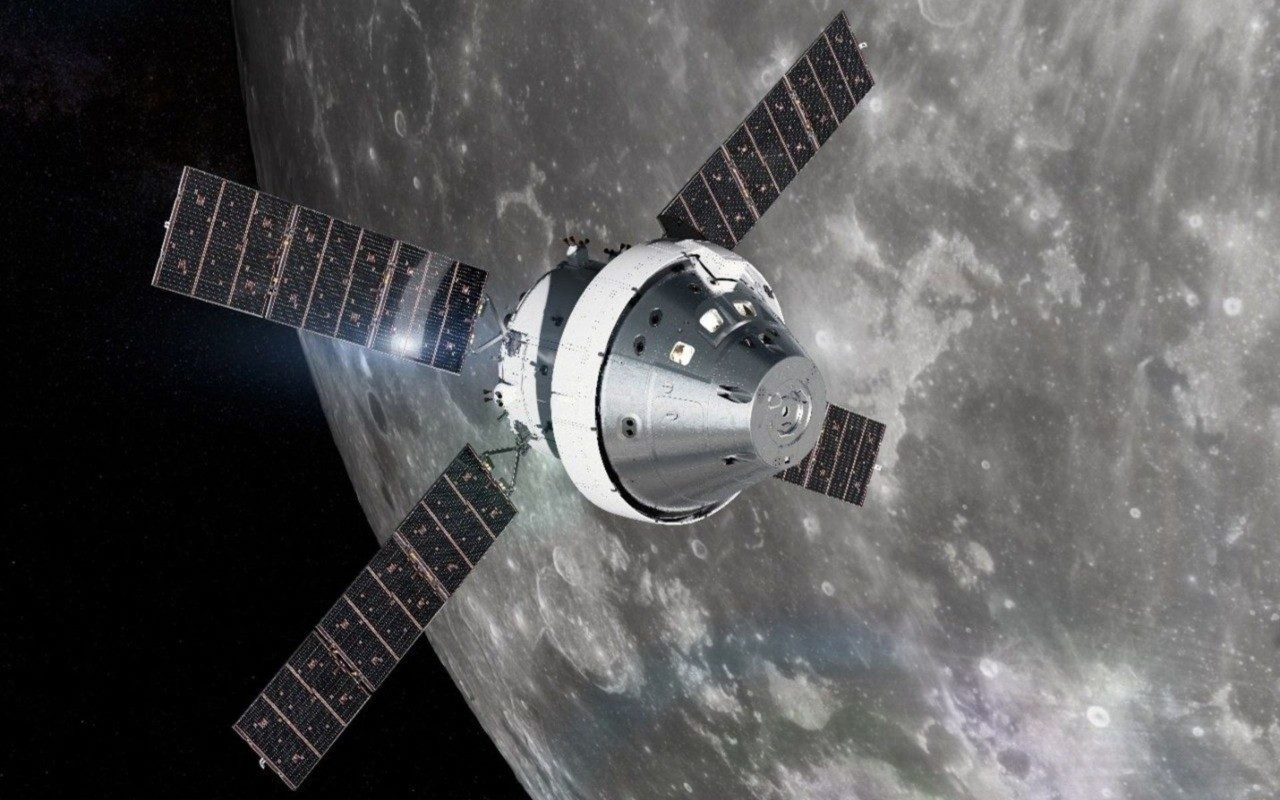
Human Space Exploration
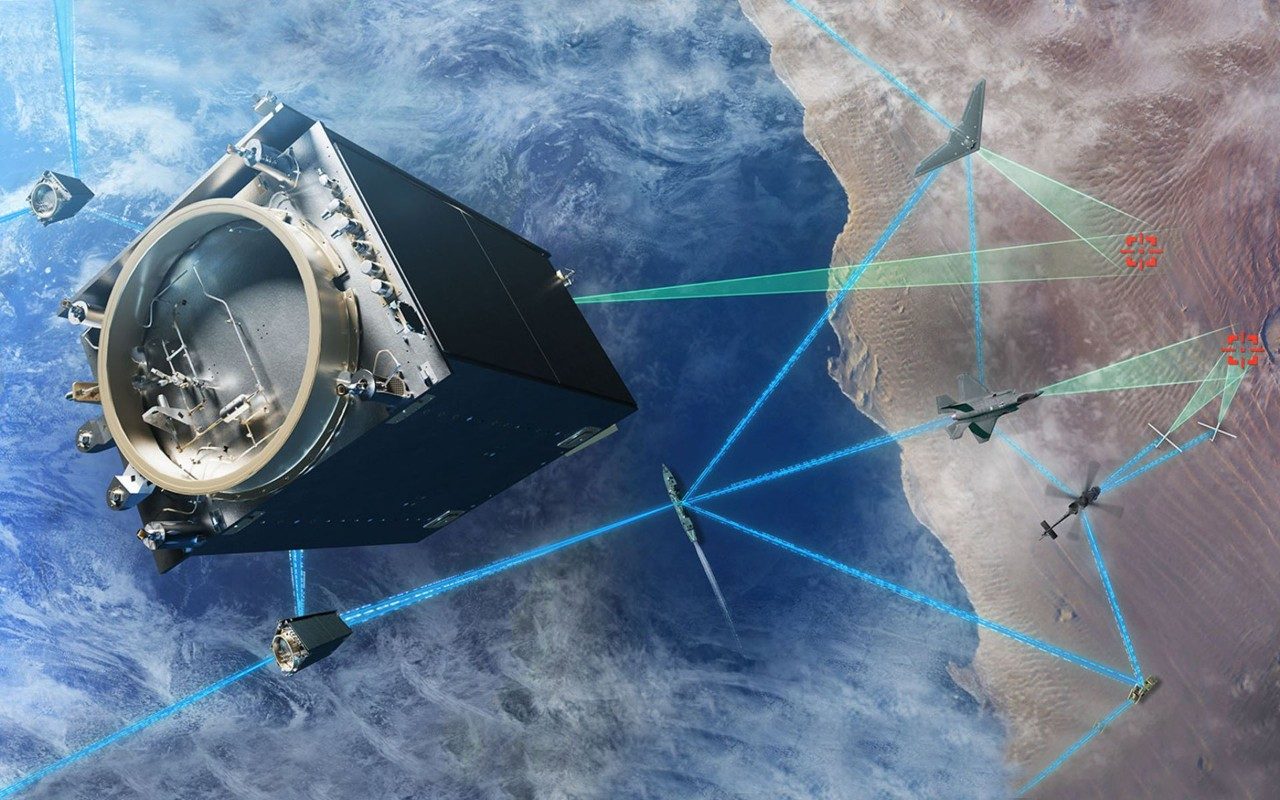
National Security Space
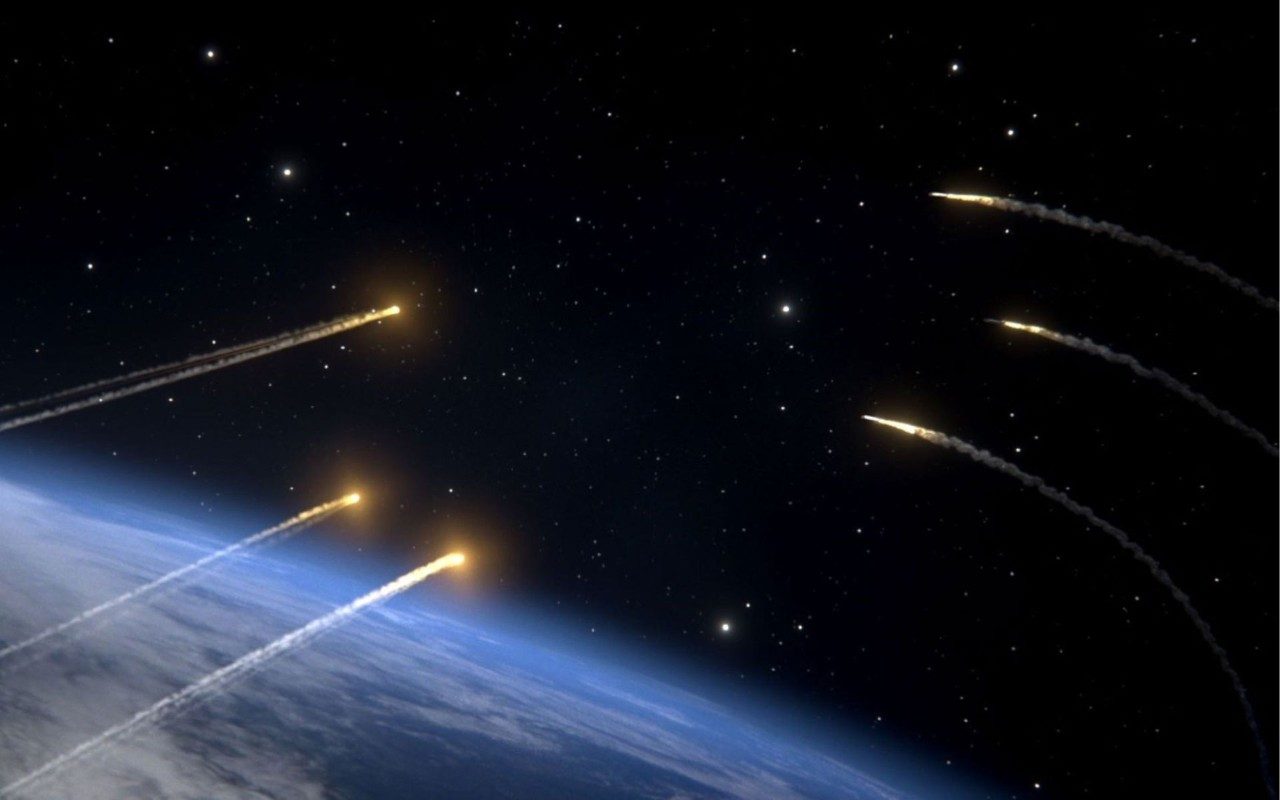
Strategic & Missile Defense Systems
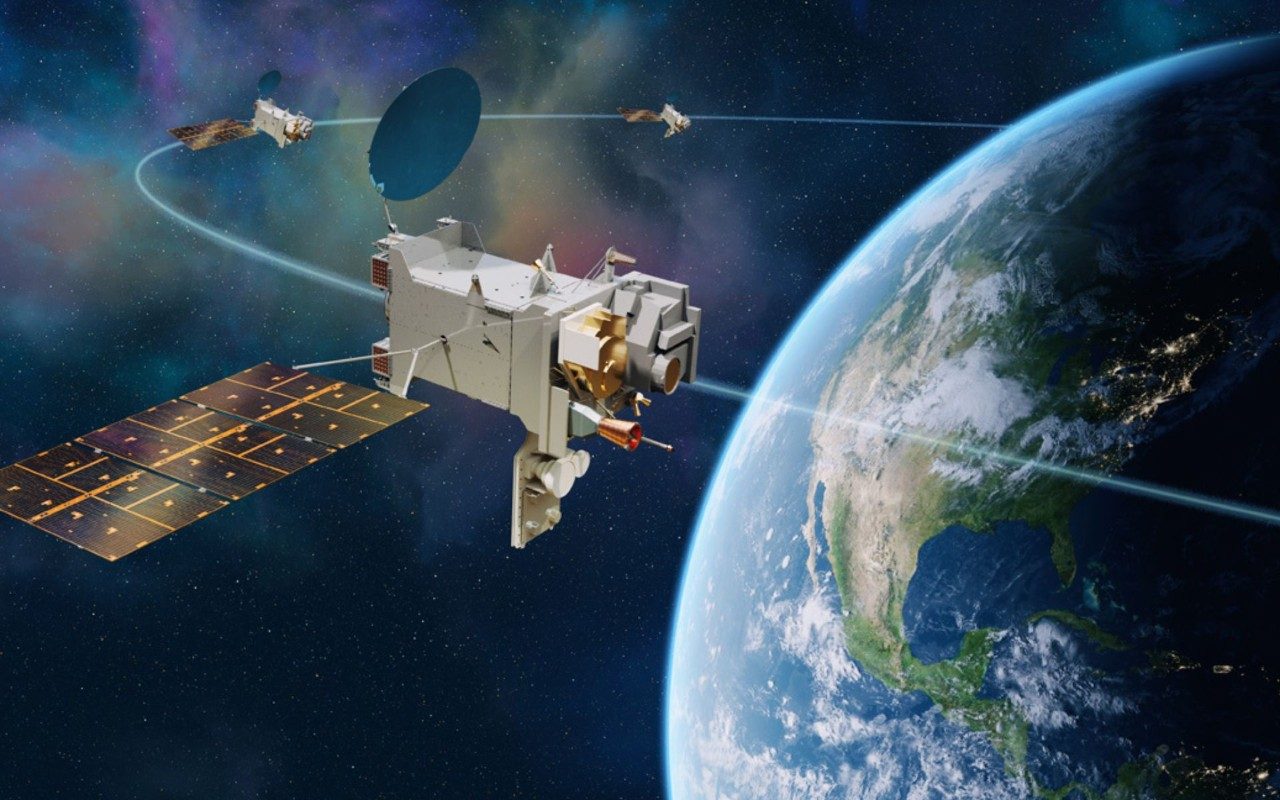
Weather & Earth Science
A career that's built to inspire
Embracing the technology of tomorrow is one thing. Anticipating it, envisioning it, building it - that's where we thrive.
As a Lockheed Martin Space employee, you'll be a key player in creating safer, smarter aerospace and defense technology solutions for our commercial and government customers, like U.S. Space Force, NRO, NASA and Missile Defense Agency. Our team creates breakthrough innovations that protect what matters most here on Earth while bringing us closer to discovering more of space.
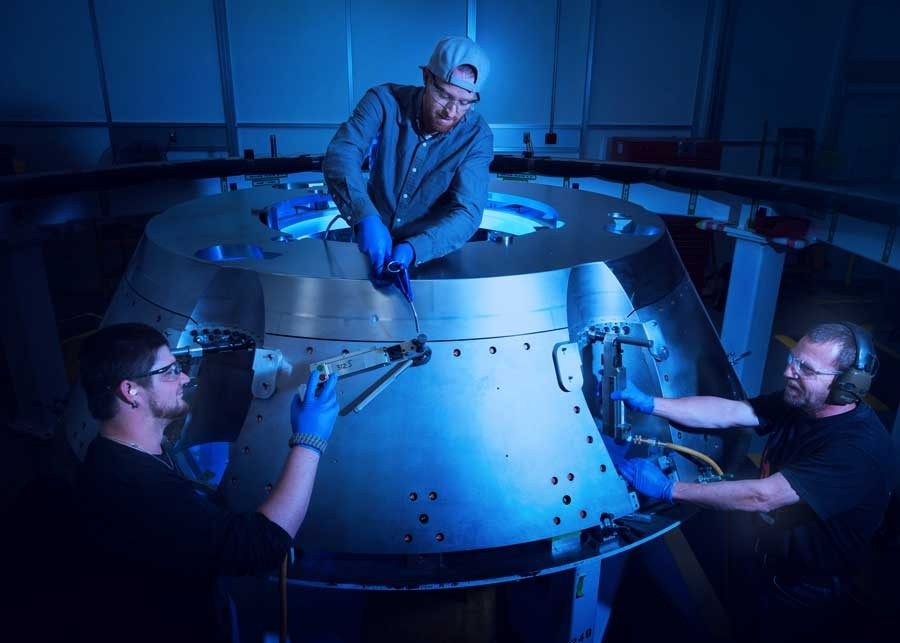
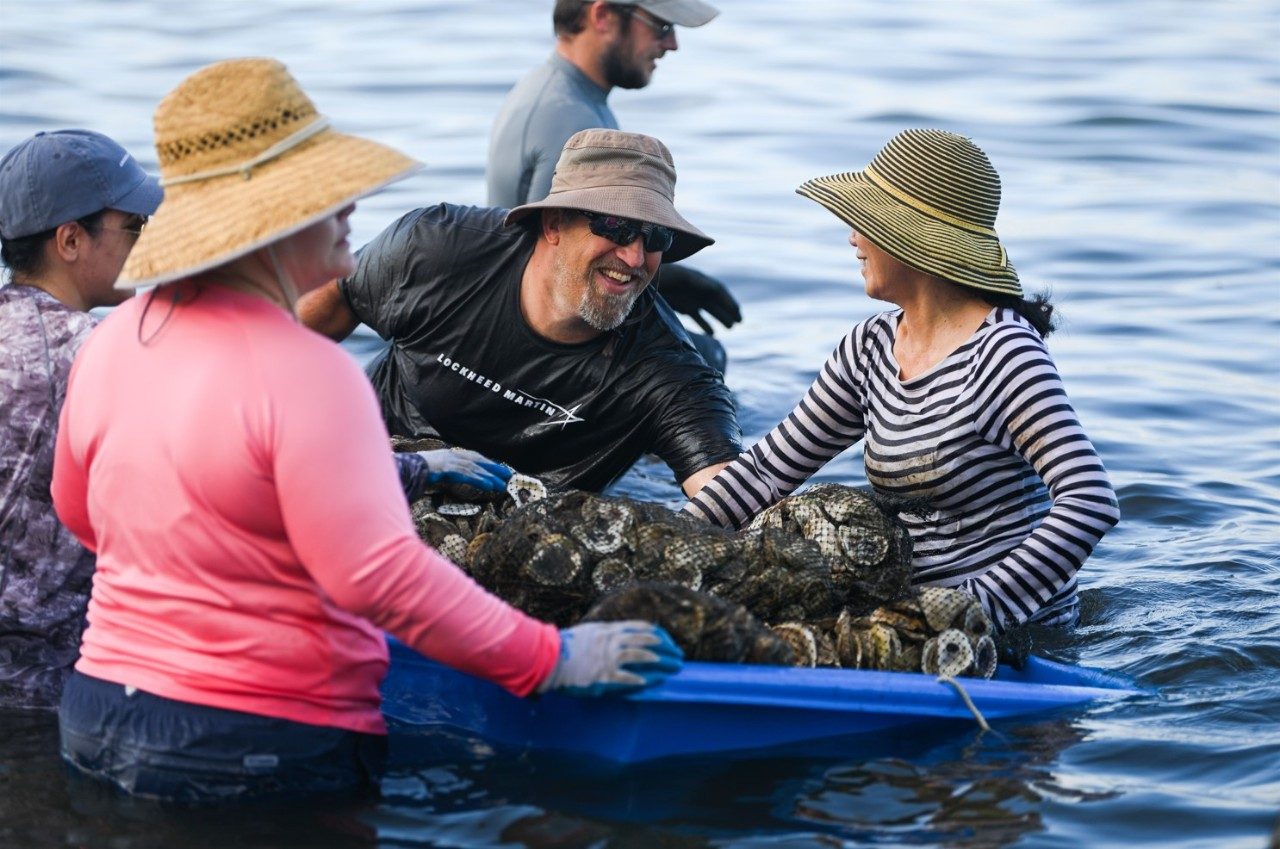
A stellar support for community
As a responsible global corporation, Lockheed Martin Space and our employees play an active role in helping to strengthen the quality of life in the communities where we live and work. In 2023:
- Lockheed Martin Space employees spent more than 58,000 hours volunteering in their communities.
- Lockheed Martin Space Social Impact invested nearly $1.5 million in strategic partnerships with nonprofits that are developing the next generation of STEM professionals, supporting our military and veteran communities through mental health and economic resilience initiatives, and providing disaster response and mitigation efforts in communities where we live and work.
National Security Space
- Space-based JADO/JADC2 & 5G, Missile Warning, Tranche 2 Tracking Layer, Missile Track Custody, Next Gen OPIR, SBIRS, On-Orbit Technology Demos
- Matt Newsome | +1 720-527-7913
- MILSATCOM, Transport Layer, MUOS, GPS III/IIIF
- Matt Newsome | +1 720-527-7913
Commercial Civil Space
- Human & Scientific Exploration: Orion, Lunar Architecture, Nuclear Space Systems
- Gary Napier | +1 720-842-6102
- Planetary Exploration, Weather & Earth Science: GeoXO, Lunar Trailblazer, Mars
- Kaitlyn Gartling | +1 720-696-3298
Strike, Deterrence & Missile Defense
NGI, FBM/Trident D5, CPS, LRHW, Mk21A
- Adam Smith | +1 256-617-1520
- Chip Eschenfelder | +1 720-842-6452
International Space Inquiries
- United Kingdom
- Jackie Lucas | +44 (0) 7385005135
General Inquiries & Executive Interviews
- Dana Casey | +1 202-320-9066
- Candace Flynn | +1 303-512-3170


